Research Projects for K-2
Research-based learning is often reserved for students in upper elementary or middle schoolhouse, but this is a skill that kids tin and practice learn at an early age. Yes, you tin can teach kindergarteners how to do proper research (i.e. exist awesome detectives and readers).
Hither are viii inspiring enquiry projects on subjects common for the K–2 age group. For each one, we give tips for LEARNING about the specific subject first with key inquiry questions and tasks. And so, we offer a creative projection idea, inspired by teachers and educators around the country, for DOING with your students.
1. The Earth of Bugs
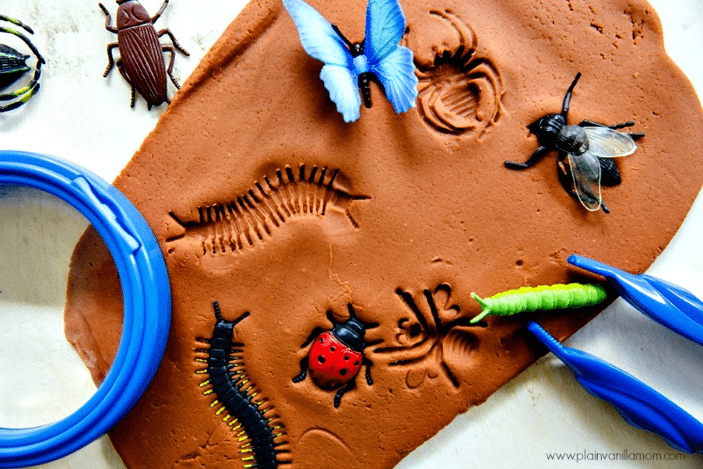
SOURCE: Plain Vanilla Mom
It's a big, enormous earth out there—and in that location arelots of bugs in it. This is a proficient i to commencement with if yous're teaching young elementary students how to research. Spiders, insects, and bugs will forever exist fascinating subjects for kids. So this projection should generate a lot of excitement.
LEARNING: Assign each of your students a unlike bug and have them answer very elementary questions like: How many legs do they have? Where can you find them? How big are they?
DOING: This problems fossil activity is fantastic! All you lot need is modeling clay, plastic insects (which you tin can go at the dollar shop), a magnifying glass, and tweezers or tongs. Your students will love making the piffling molds, and it will really encourage them to pay attention to detail!
2. Money, Money, Money
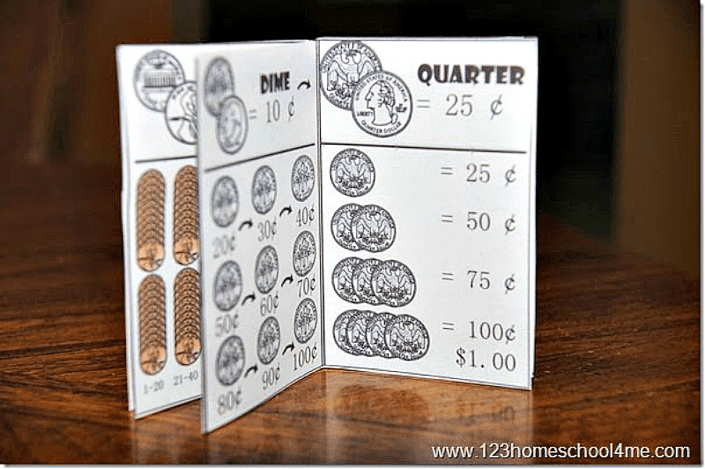
Source: 123 Homeschool four Me
Understanding the value of a dollar, counting, and even doing pocket-sized math bug with money are all skills that your students will be doing for years to come. Here's how you tin get them going on concepts now.
LEARNING: Beginning with the basics and make sure your students know the value of each neb and coin. Once they understand this, talk to them about earning money, saving, and fifty-fifty the purpose of banks.
DOING: Get inspired past this money minibook. Either download a gratuitous ane (see link higher up) or create your ain version to meet your classroom needs. Create several books for your class or one for each pupil as a quick reference to help them actually understand the value of money.
iii. History and Fame
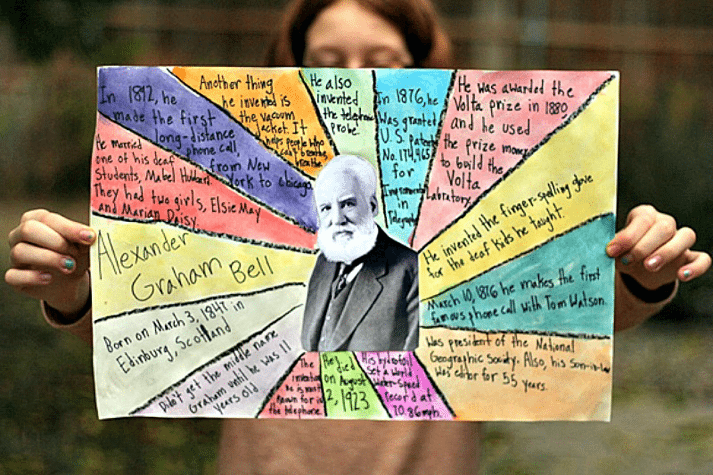
Source: Let's Explore
Every grade level has history and biographies as function of its curriculum. It'due south essential for students to learn about historymakers, inventors, artists, and other important people of the by, and there are lots of fun ways to practise this.
LEARNING: The research comes kickoff, so it'southward a adept thought to assign a famous person to each of your students. Have them exercise a little biography, answering questions similar: When were they born? Why are they famous? Where did they live?
DOING: Now it's time for the fun role, where students get to be creative in reporting their results. Some teachers have the students get upwardly in front of the class to present on their specific person, while others make it an art project. Nosotros dear biography affiche collages, similar the i pictured above, because they really encourage students to focus on the near essential biographical facts.
four. Learning Constitute Life Bike

Source: The Imagination Tree
Learning well-nigh establish life is ever a pop classroom action. It's such a corking opportunity to show students how things abound, and assist them understand where their food comes from.
LEARNING: Students can research farming and agriculture, and larn most where nutrient comes from, both locally and effectually the world. Discover where tropical fruits like bananas and pineapple come from compared to crops in the United States like corn, potatoes, and beans. Help students understand that all plants take a like get-go like the beans you lot will abound in class.
DOING: Plant your edible bean plants in a clear container like a jar. Y'all can use newspaper towel or cotton balls for the planting so students will be able to run across the roots grow and develop. Have students runway the found's progress. They can measure it, take photos, or draw pictures every few days. Your students will love seeing how it changes then chop-chop.
5. Animal Tracks
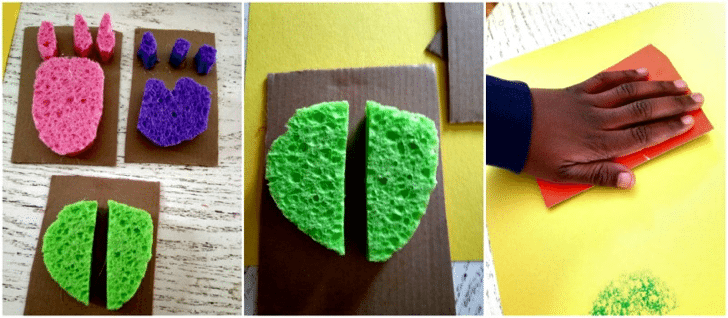
Source: Green Kids Crafts
Animals are such a big interest area for younger elementary students, and they make lessons instantly more pop. This really useful lesson covers animals, homo beefcake, and animal habitats.
LEARNING: When your class studies animal tracks, students tin can learn a lot almost animals. For instance, they can learn about an creature'due south size. They tin also compare the size of the beast rails to their own handprints or footprints for an anatomy lesson. And students can acquire about animate being habitats, too! We can aid our students empathise how all of these items are connected.
DOING: Now that your students have learned well-nigh animal tracks, have them recreate the tracks using cardboard scraps and sponges. This will requite them a real idea of the actual size and shape of different tracks in the wild.
vi. Digging into Dinosaurs
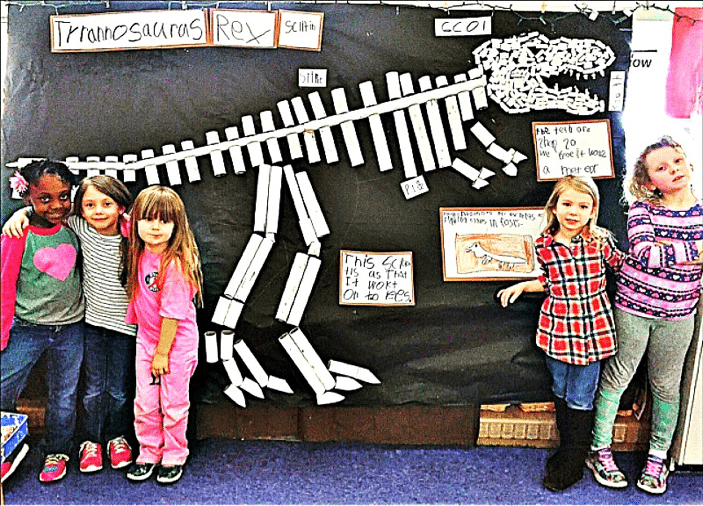
Source: Inquiring Minds
Even though they're now extinct, dinosaurs remain some of the most popular animals with kids. Once you get your students researching, they can learn so much near these magnificent animals that came before us.
LEARNING: Help your students ascertain the words "paleontology" and "paleontologist." Adjacent, encourage your kids to inquiry different types of dinosaurs. Have them answer questions like: What were some of the big ones? Which ones could fly? What did different types of dinosaurs eat? These volition all be important questions to respond earlier you dive into a project.
DOING: You can steal the sponge idea mentioned above to too create dinosaur tracks. Or for the ambitious teacher, create your very ain giant dinosaur skeleton. This instructor outlined the shape for her students and then allow them employ packing peanuts and empty cardboard tubes to fill the inside.
vii. Environment and Pollution
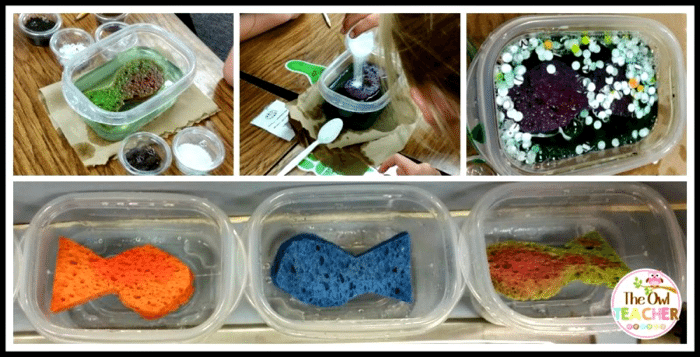
Source: The Owl Teacher
Whether you lot're looking for a practiced World Twenty-four hours activity or you just want to teach your students more about environmental issues we are facing around the world, you can bring home the message by studying h2o pollution. This is a topic that affects millions every single solar day.
LEARNING: First, acquire about the different types of pollution with your students. Air and water pollution are two big ones to commencement with. Help your kids learn the difference between these ii and what they await like. Then inquire them a question like, how could pollution bear on animals, humans, and the hereafter? Questions like this might seem also large for picayune minds, merely they can handle it!
DOING: It really helps to see this lesson firsthand, and this Freddie the Fish activity is perfect. You'll definitely want to come across this teacher's step-by-step instructions describing how she did it, just the basics involve a fish-shaped sponge, plastic containers, and adding different toxins to the water. Your students will really outset to see how a little scrap of water pollution can actually become out of mitt rapidly.
8. Color Mixing
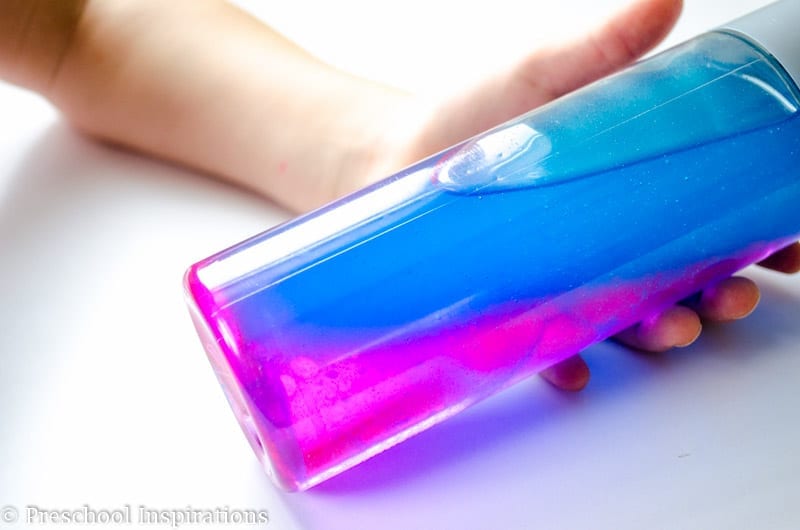
Source: Preschool Inspirations
Color mixing is always a pop activity, and it'due south not bad for easily-on inquiry. Your students will love being in accuse of the colors and watching them change before their optics.
LEARNING: Talk to your students most primary colors and go over the basics of what happens when you alloy colors together. Depending on age, talk to them about why this happens and/or what they are seeing. Work with them to come upwardly with a listing or anchor chart about the virtually common colour combinations.
DOING: There are and then many great color-mixing activities out there, including mixing colorful ice cubes or having a color mixing station in the classroom. We also love this projection from Preschool Inspirations, where they make sensory bottles with color mixing.
Make research for your Grand–2 students easier by using PebbleGo, a reading and inquiry database specifically targeting younger elementary students.
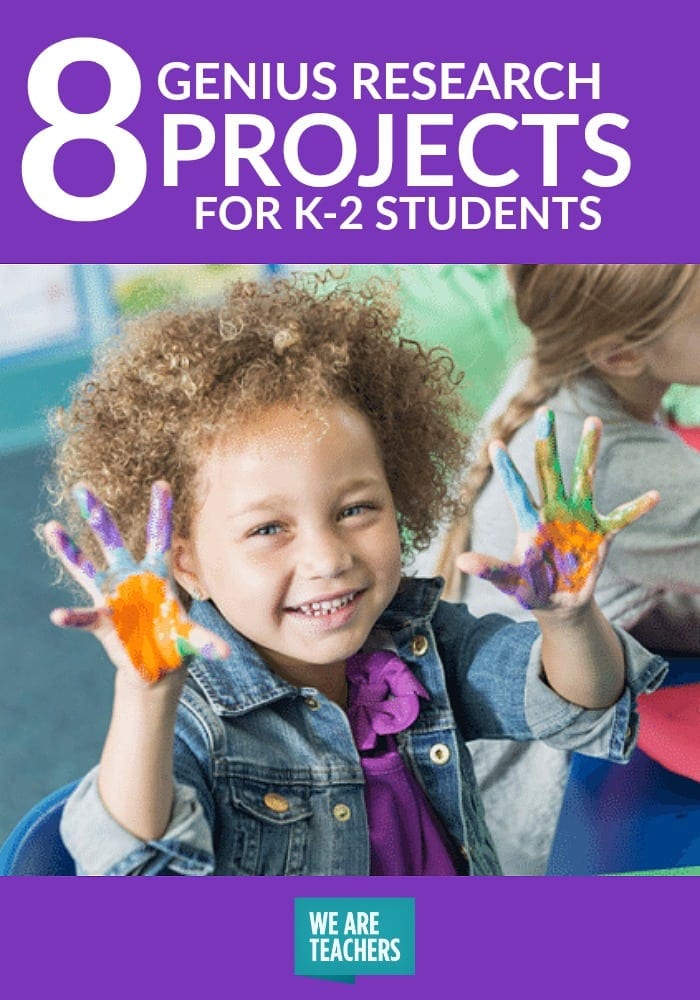
Source: https://www.weareteachers.com/genius-research-projects/
0 Response to "Research Projects for K-2"
Post a Comment